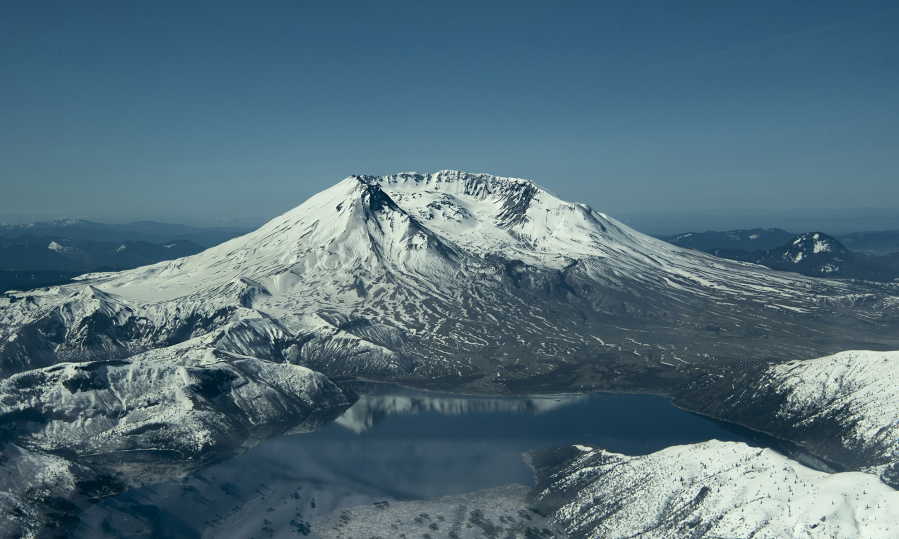LONGVIEW — Local governments and federal agencies are signing off on an agreement to collaboratively work on the future of Spirit Lake, the Cowlitz River and other waterways still affected by the aftermath of the Mount St. Helens eruption.
The Spirit Lake-Toutle/Cowlitz River System Collaborative is an agreement among 20 groups to regularly meet and discuss the different approaches to handling the issues facing the titular water systems. The collaborative largely will serve an advisory role on major proposed projects and help coordinate plans between the various groups.
A declaration of cooperation has been making its way through the various local agencies for official approval this month. Port of Longview commissioners voted to sign the agreement during their meeting Wednesday morning. The proposal was on the agenda for the Longview City Council’s Thursday night meeting.
“This is a huge issue for us, so I look forward to moving along with this and having some more movement and attention of the appropriate authorities,” Port Commissioner Allan Erickson said during the meeting Wednesday.
Creating a collaborative response was the major recommendation that came out of a 2017 report by the National Academies of Science, Engineering and Medicine. That report, commissioned by the U.S. Forest Service, said plans for handling flood and sediment risks that remained from the 1980 eruption would best be served by having public, clear discussions among the relevant agencies.
The report called for a “multi-jurisdictional effort that can plan, program, create incentives, and seek funding to implement management solutions focused on the entire Spirit Lake and Toutle River system.”
The agencies included in the collaborative include the city governments in Longview, Kelso and Castle Rock; the Cowlitz Indian Tribe; the Lower Columbia Fish Recovery Board; state agencies including the Washington Department of Ecology; and federal agencies such as the U.S. Forest Service and the U.S. Army Corps of Engineers.
No one entity is fully in command of the collaboration and the direction it goes. The Cowlitz-Wahkiakum Council of Governments is the closest to being a leader at the table. The agency will serve as the administrative coordinator under the new declaration and Executive Director Bill Fashing will serve as the main point of contact for the group.
“Our communities have confidence the Corps is doing what they need to be doing,” Fashing said. “We need to help provide reminders of what’s going on and challenges that we’re seeing in the local communities.”
Meeting to find common ground
The collaborative has been holding monthly meetings since April to prepare for the official declaration. Those meetings are organized by the Ruckleshaus Center, a joint facility between Washington State University and the University of Washington that promotes public policy collaborations.
Jon Major, scientist-in-charge for the Cascades Volcano Observatory, has been part of the meetings on behalf of the U.S. Geological Survey. Major said his agency’s involvement mainly would be providing research and answering scientific questions about the aftermath of the eruption.
“We come at this problem from lots of different viewpoints and that’s what the collaborative is trying to allow, to have us talk through and figure out what the viewpoints are and see where the common ground is,” Major said.
The new agreement comes with some cost for the agencies signing on. Port of Longview commissioners were told Wednesday the collaborative would cost them $5,000 a year for the next three years. The port is planning to look for state and federal grants that could help cover that cost.
Fashing said the collaboration would meet less than once a month once the agreement is in place, depending on whether there are pressing concerns and important new updates to share.
“Based on the eruption, we will always have sediment in the rivers that we need to figure out how to deal with,” Fashing said.



